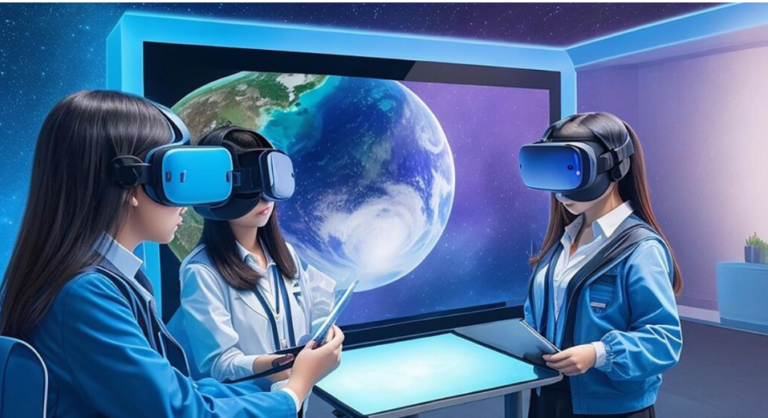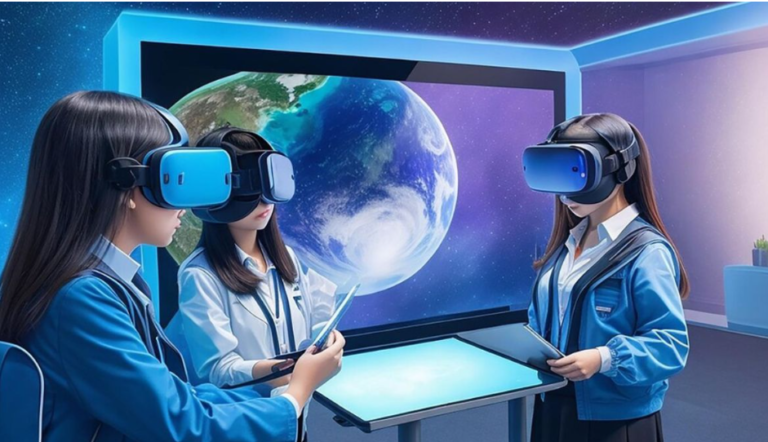Mıllıeyt: The Essence of Collective Identity and Unity
Mıllıeyt can be seen as a cultural construct that shapes individuals’ sense of belonging and connection to a larger community. It influences traditions, customs, language, art forms, and societal norms within a specific group. Derived from the Turkish word “milyet,” it refers to a specific generation born between the early 1980s and mid-1990s.
However, its significance extends beyond mere birth dates; it symbolizes a cohort that came of age during the transition to the new millennium. At its core, it epitomizes unity, diversity, and collective strength. Its roots trace back to the Turkish language, signifying “nation,” but it stretches beyond geographical boundaries and cultural divides, evolving into a universal expression of togetherness.
Key Moments of Mıllıeyt
The concept of it is deeply intertwined with historical events and cultural shifts. Here are some key moments that have shaped it :
-
Wars and Conflicts:
Historical events like wars and conflicts significantly impact Mıllıeyt. They shape collective memory, narratives, and identity within a community¹. For instance, Turkey’s experiences during World War I, the Turkish War of Independence, and subsequent conflicts have left lasting impressions on it.
-
Migrations:
Movements of people across borders influence Mıllıeyt. Whether due to political upheavals, economic factors, or cultural exchanges, migrations contribute to the rich tapestry of shared experiences and values.
-
Social Movements:
It evolves alongside social changes. Movements advocating for civil rights, gender equality, and environmental awareness impact collective identity and unity. These movements redefine cultural norms and values, leaving an indelible mark on it .
-
Cultural Exchanges:
Interactions with other cultures play a pivotal role. Trade, art, literature, and intellectual exchanges foster cross-cultural understanding and contribute to the mosaic of it .
Technology’s Impact on Mıllıeyt: A Digital Evolution
The Mıllıeyt generation, born between the early 1980s and mid-1990s, witnessed the dawn of digital innovation. Here’s how technology shaped their collective consciousness:
-
Social Media:
Mıllıeyts were the first to embrace platforms like Facebook, Instagram, and Twitter. Social media redefined communication, connecting them globally and shaping their sense of identity.
-
Smartphones:
The advent of smartphones revolutionized daily life. Instant access to information, apps, and social networks became integral to it’s lifestyle.
-
On-Demand Entertainment:
Streaming services like Netflix and Spotify catered to its desire for personalized content. Binge-watching, curated playlists, and digital experiences became part of their cultural fabric.
-
Digital Activism:
It harnessed technology for social change. Hashtags, online petitions, and awareness campaigns amplified their voices on issues like climate change, equality, and mental health.
Uses of Mıllıeyt in Different Sectors
It has a significant impact across various sectors. Let’s explore some of its applications:
-
Healthcare:
– it streamlines patient care, optimizes treatment plans, and predicts health outcomes.
– It enhances diagnostics, personalized medicine, and disease management.
-
Automotive:
– it revolutionizes the automotive industry:
– Enables autonomous driving by processing sensor data and making real-time decisions.
– Facilitates predictive maintenance, reducing downtime and enhancing safety.
– Personalizes driving experiences based on individual preferences.
-
Finance:
– It drives algorithmic trading, risk assessment, and fraud detection.
– Enhances customer experience through personalized financial recommendations.
-
Agriculture:
– It aids precision farming:
– Predicts crop yield, monitors soil health, and optimizes irrigation.
– Improves pest control and resource allocation.
Role of Mıllıeyt in Cybersecurity
Let’s explore the role of it in cybersecurity:
-
Cybersecurity Concerns:
– As it transitioned to the digital era, safeguarding sensitive information and protecting against cyber-attacks became paramount.
– The newspaper invested in robust cybersecurity measures to secure both its journalistic sources and the integrity of its news platform.
Future Perspectives of Mıllıeyt
Let’s explore the future perspectives of it, a term that holds significant meaning across cultural, historical, and social dimensions.
-
Historical Context and Origins:
– The term “Mıllıeyt” has ancient roots, evolving over centuries to adapt to linguistic and cultural shifts. Initially, it signified collective identity or societal values.
– Historical texts reveal how it influenced laws, traditions, and interpersonal relationships in various communities.
-
Cultural Significance:
– It represents more than just a word; it reflects collective consciousness and societal priorities.
– Understanding its cultural significance helps us appreciate its influence on social behavior and community interactions.
-
Diverse Interpretations:
– Different cultures incorporate it in unique ways. In Eastern societies, it may relate to honor and family legacy, while in Western contexts, it could signify individualism and personal achievement.
-
Mıllıeyt in Literature:
– Literary works explore its complexities. Authors use characters, plots, and settings to delve into its multifaceted nature.
– By analyzing themes and narratives, we gain insights into how it resonates with human experiences.
-
Modern Adaptations:
– In today’s changing world, it adapts to new contexts. It fosters social cohesion, addresses global challenges, and motivates collective action.
-
Future Directions:
– It aims to integrate augmented reality (AR) and virtual reality (VR) technologies, enhancing user experiences.
– It plans to expand into new markets, catering to niche groups and local trends.
Conclusion
In conclusion, Mıllıeyt transcends time and borders, weaving together cultural tapestries that shape our collective consciousness. As we navigate the future, this multifaceted concept will continue to inspire, challenge, and unite us, fostering a shared sense of purpose and identity.










+ There are no comments
Add yours